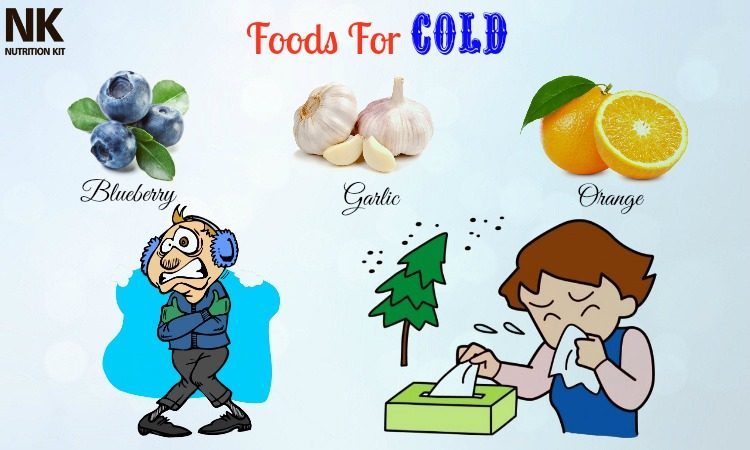No one is immune from the common cold. Some 200 viruses can cause common colds, with the rhinoviruses being the most widespread culprit.
Nutritional And Healthy Foods For Cold – The Best Advantages
This highly contagious viral infection primarily affects the upper part of the respiratory system including the nose and throat. It spreads mostly through coughing and sneezing.
According to the National Institute of Allergy and Infectious Diseases, roughly 1 billion people suffer from the common cold each year in the United States.
Symptoms of common colds include sore throat, stuffy nose, swelling of the sinuses, sneezing, coughing, slight fever and frequent headaches.
Also, the body often becomes weak leading to decreased productivity, missed work, missed school and other problems. These symptoms can last between two and 14 days. However, most people recover fully within 10 days.
There is no known cure. Measures to fight cold symptoms range from home remedies to over-the-counter medicines. Certain superfoods also can help fight as well as prevent common colds.
Let’s take a closer look at these healthy and nutritional foods for cold to beat off this disease in the section of Foods For Health on Nutrition Kit site.
1. Green Tea
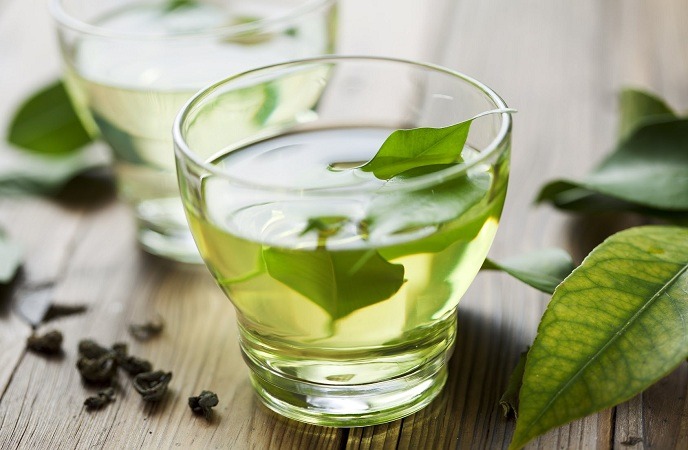
This is the very first one out on the list of the best healthy and nutritional foods for cold that we would like to reveal in the entire article today and want to encourage readers to make use for good!
Green tea is loaded with disease-fighting antioxidants as well as antiviral and antibacterial properties that help fight colds.
In particular, a group of antioxidants known as catechins have been shown to inhibit the activity of the common cold virus as well as certain influenza viruses. Also, green tea helps boost overall immunity and revives the metabolism rate.
Enjoy two or three cups of green tea daily to prevent or fight the common cold. You can add lemon and honey to enhance the taste, but avoid adding milk. When drinking the tea, try to inhale the steam also. It will help to reduce congestion and open up a blocked nose.
Learn More: 31 Best And Worst Foods For Depression, Stress And Anxiety
2. Garlic
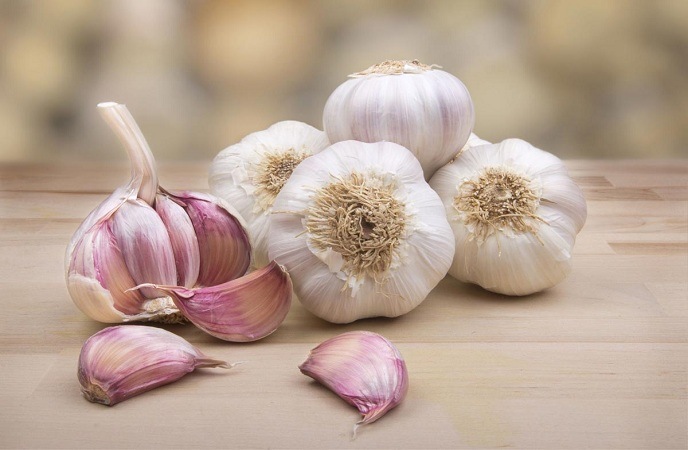
Garlic is well known for its strong antiviral and antibacterial properties and has been used for ages to fight the common cold and many of its symptoms. Plus, it contains allicin, a sulfuric compound that produces potent antioxidants and offers many medicinal benefits.
Also, garlic is one of best immune-boosting foods that help the body ward off and fight infections. A 2001 study published in the journal Advances in Therapy found that taking garlic supplements daily helps prevent colds.
- If you have a cold, you can boil a few chopped garlic cloves in one cup of water. Remove from heat, and add one teaspoon of honey. Drink it two or three times a day until your cold is gone.
- Eat one to two raw garlic cloves or add a few drops of garlic oil in your food and drinks regularly to prevent as well as fight common colds.
In fact, this is also among the best foods for cold that we want to introduce in the entire article today and want to encourage people to make use as soon as possible to say goodbye to stubborn signs and symptoms of this common condition.
Read More: Top 16 Amazing Foods Good For Bone Health
3. Orange
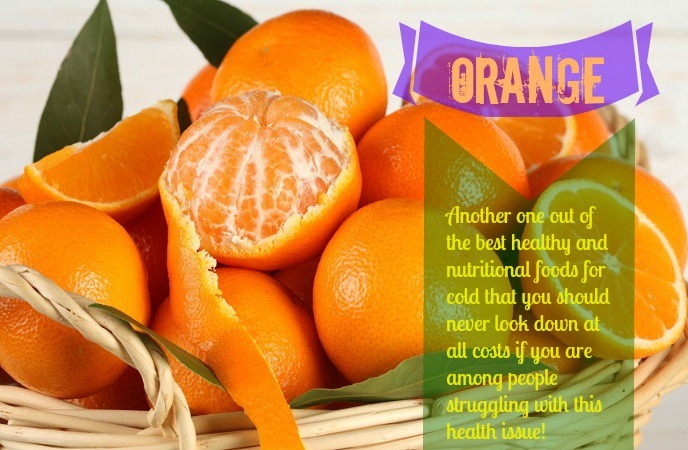
Another one out of the best healthy and nutritional foods for cold that you should never look down at all costs if you are among people struggling with this health issue!
Oranges are full of vitamin C and can help deal with different types of viral infections, including the common cold. Vitamin C is a powerful antioxidant that helps boost your immune system. It promotes the production of white blood cells that fight infections.
Drink one to two glasses of orange juice daily to prevent and fight infections and improve your immune system. Also, drinking orange juice will help keep your body well hydrated, which is very important for overall health.
Read More: Top 10 Best Vitamins For Hair Health
4. Healthy Foods For Cold – Blueberry
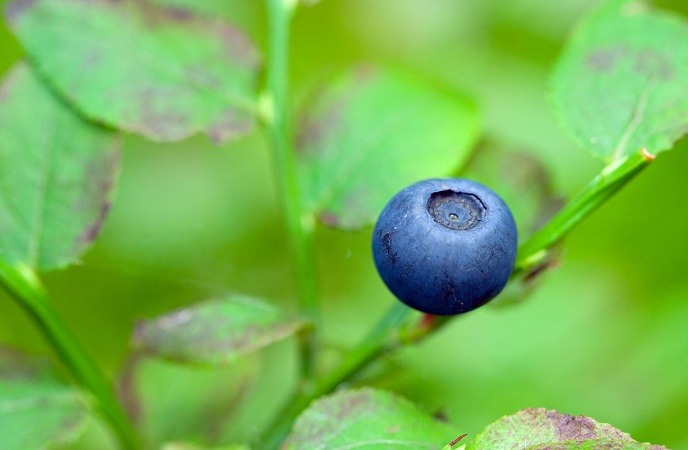
A compound called quercetin present in blueberries can help reduce the likelihood of getting a cold. Also, blueberries are packed with various antioxidants and disease-fighting nutrients like vitamin C that boost your immune system and help your body fight infections.
Frozen and fresh blueberries have equal nutrition, so you can use either to fight common colds.
Discover: Top 11 Tips On Uses Of Biotin For Hair Growth
5. Nutritional Foods For Cold – Mushrooms
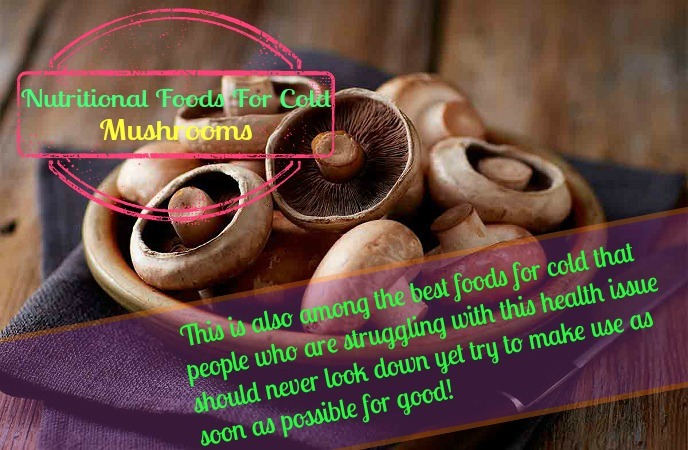
This is also among the best foods for cold that people who are struggling with this health issue should never look down yet try to make use as soon as possible for good!
In traditional Chinese medicine, mushrooms are often used to fight the common cold and other types of viral infections. Mushrooms increase the production of cytokines, which in turn help fight off infections. Plus, mushrooms contain polysaccharides that support the immune system.
Mushrooms are also known for their strong antiviral and antibacterial properties and contain many essential nutrients.
To fight a cold, your best choices of mushrooms are white button, portobello, shiitake and maitake. You can add mushrooms in stir fry or salads or enjoy a warm bowl of mushroom soup.
Learn More: Top 30 Best Healthy Food For Strength
6. Yogurt And Kefir
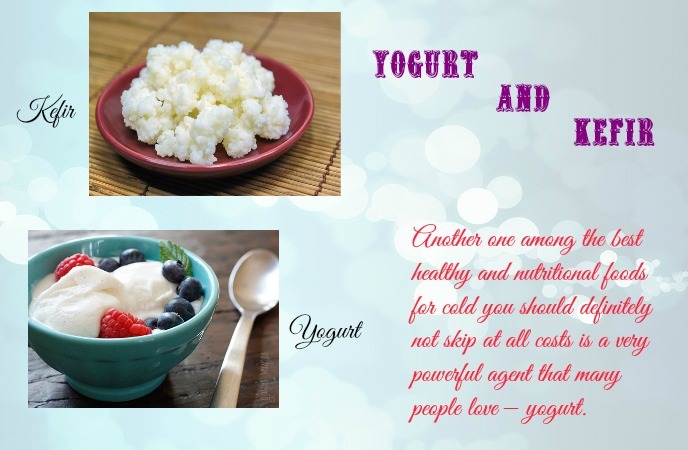
Another one among the best healthy and nutritional foods for cold you should definitely not skip at all costs is a very powerful agent that many people love – yogurt.
There are more than 10 trillion bacteria living in our gastrointestinal tracts that are essential for our overall health. It’s important to ensure that the good bacteria outnumber the bad. You can do this by including probiotic food like yogurt in your regular diet.
Also, yogurt boosts your immune system to help your body naturally fight off infections like the common cold. For maximum health benefits, buy yogurt with “live and active cultures”.
Eating one-half cup of yogurt daily can reduce the incidence of common colds and other viral infections. You can add fruits or nuts to your yogurt to make it tastier and healthier.
7. Healthy Foods For Cold – Sweet Potato
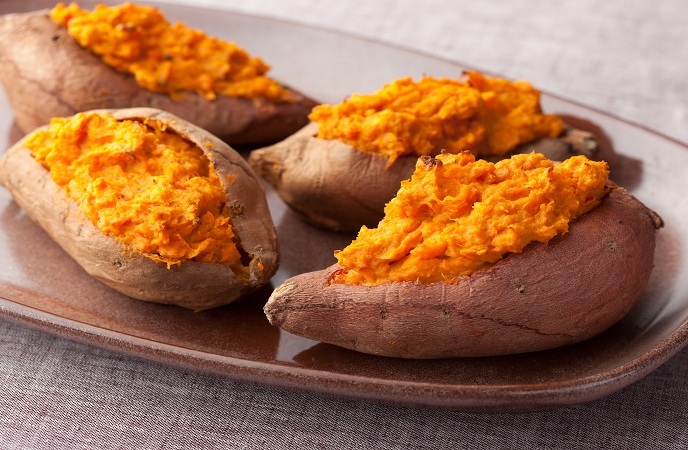
Being rich in beta-carotene, sweet potatoes also play a key role in preventing common colds. When consumed, beta-carotene is converted into vitamin A, which is essential for maintaining a strong immune system and a well-functioning body.
Vitamin A also keeps the mucous membranes that line the nose and throat healthy and functioning properly. So if you do get a cold, symptoms will be mild and you will recover faster.
Eat one-half cup of boiled or roasted sweet potatoes on regular basis to improve your immune system and fight off common colds.
In fact, this is also among the most amazing foods for cold that we all can make use by adding this food to daily diet right from today.
8. Brazil Nuts
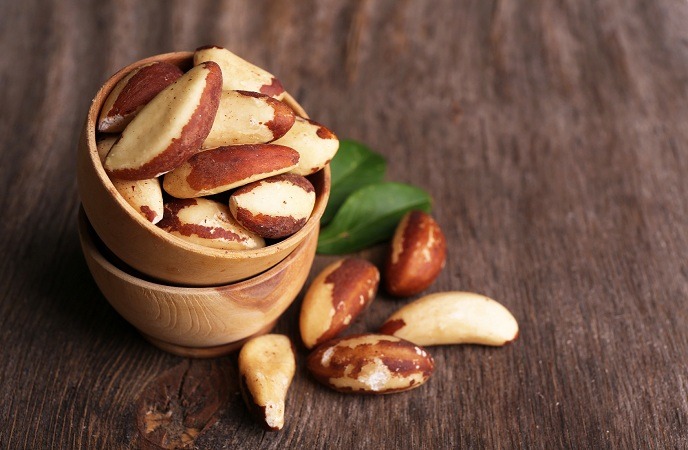
These rich, creamy nuts are high in selenium, a mineral that improves the immune system and helps fight infections including common colds. Selenium also helps prevent cellular damage from free radicals by helping to form infection-fighting T-cells.
In addition, Brazil nuts contain minerals like zinc and iron as well as vitamin C that are essential for maintaining a strong immune system.
Just one or two Brazil nuts daily will provide your body with the required dose of selenium for preventing the common cold and flu.
9. Nutritional Foods For Cold – Pumpkin Seed
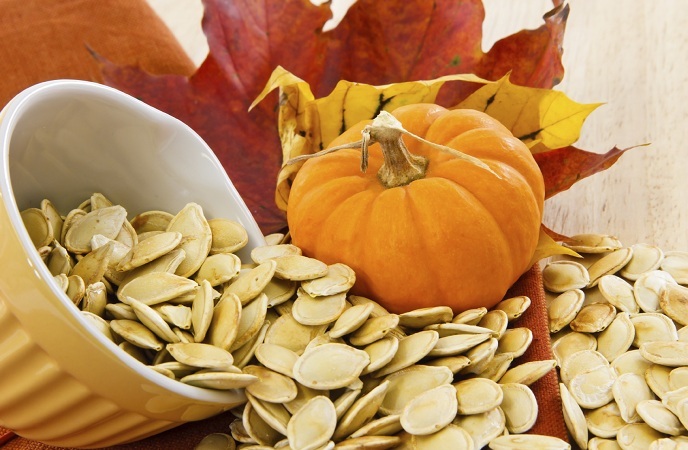
Pumpkin seeds are loaded with zinc, a mineral that plays a key role in fighting off common colds. Zinc boosts the immune system and has an antimicrobial effect, so it helps kill the viruses that cause common colds. Foods rich in zinc can also help cut down the duration of common cold symptoms.
You can eat roasted pumpkin seeds as a snack or include them in salads, soups, yogurt or other meals.
Keep reading to learn more nutritional and healthy foods for cold and how you can make use of this food at the comfort of your own home for good!
10. Red Bell Pepper
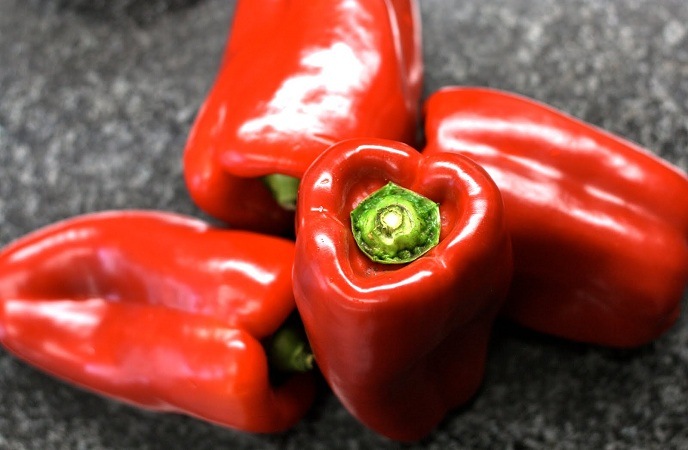
Red bell peppers are packed full of nutrients, antioxidants and anti-inflammatory properties that play a key role in maintaining a healthy body and strong immune system. They are also rich in vitamin C that helpsboost the immune system and prevent common colds.
Red peppers can be eaten raw, roasted, fried, grilled or steamed. Just one cup of a raw red bell pepper will be more than sufficient to fullfil your recommended daily intake of vitamin C.
Make these superfoods a part of your daily diet to give your body its best defense against common colds. Also, remember that the best prevention is washing your hands thoroughly and often with soap and water.
Cold viruses primarily spread when your hands pick up a virus from an infected person or an object where viruses are present like doorknobs, and then you touch your mouth, nose or eyes.
Plus, drink plenty of fluids to help loosen congestion and prevent dehydration. A good way to do this is to have hot chicken soup as it will speed up the movement of mucus and reduce congestion.
In fact, this is also a good thing among healthy and nutritional foods for cold that we cannot forget to list here and encourage you to make use right from today!
11. Fish
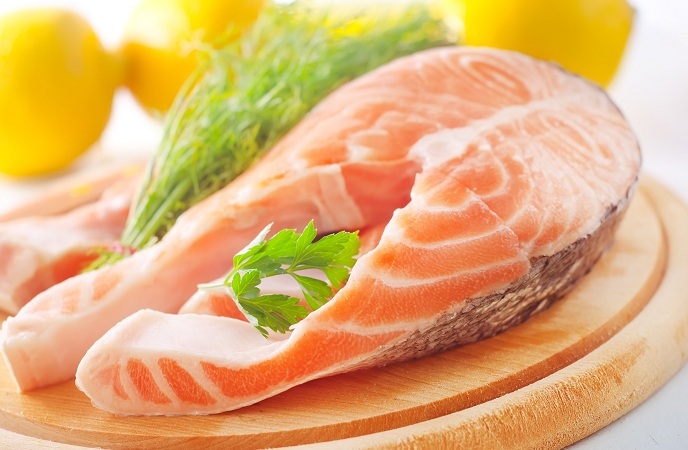
Oily fish — including salmon, tuna, and mackerel — are rich in omega-3 fatty acids, compounds that help reduce harmful inflammation in the body. Chronic inflammation prevents your immune system from working properly, and can contribute to colds and flu as well as more serious diseases.
Omega 3s may fight colds on more than one front. In a placebo-controlled 2011 study published in Brain, Behavior and Immunity, medical students who took fish oil supplements for three months had lower inflammation levels and also fewer symptoms of anxiety — a condition that can itself weaken immune function.
12. Oyster
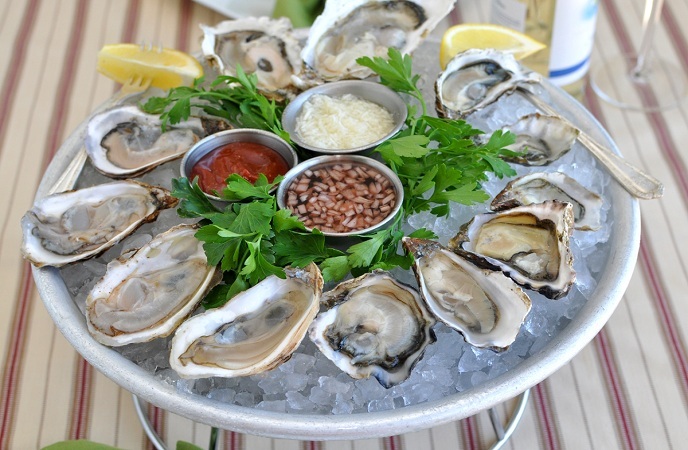
This is also a good one on the list of the best nutritional and healthy foods for cold that we want to reveal in the entire article today and you should make use as soon as possible for good!
Zinc, an essential mineral, has a strong track record of fighting the common cold. A comprehensive review of the research, published in a Canadian medical journal in 2012, concluded that taking zinc lozenges appears to shorten the duration of cold symptoms in adults.
Zinc supplements carry a risk of side effects such as nausea and headaches, however. A better bet, says Ansel, may be to get zinc straight from your diet. Oysters contain more of the nutrient per serving than any other food—but if you’re concerned about staying healthy, you might not want to eat them raw. “Uncooked shellfish could contain harmful bacteria that could make you sick in other ways,” Ansel says.
13. Anise Seeds
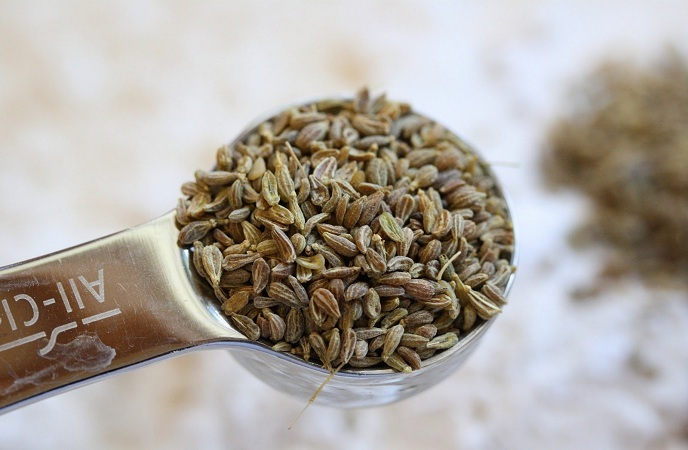
These licorice-flavored seeds, which have antibacterial properties, have been shown to ease coughing and help clear congestion from the upper respiratory tract.
Anise seeds can be eaten (in rolls and cookies, for instance), but for cold-fighting the delivery method of choice is usually tea. According to the American Pharmaceutical Association’s Practical Guide to Natural Medicines, a typical recipe is to add one cup of crushed anise seeds to one cup of hot water, and flavor with sugar, garlic, cinnamon, or honey (if desired). Sip this concoction up to three times a day.
14. Citrus Fruits
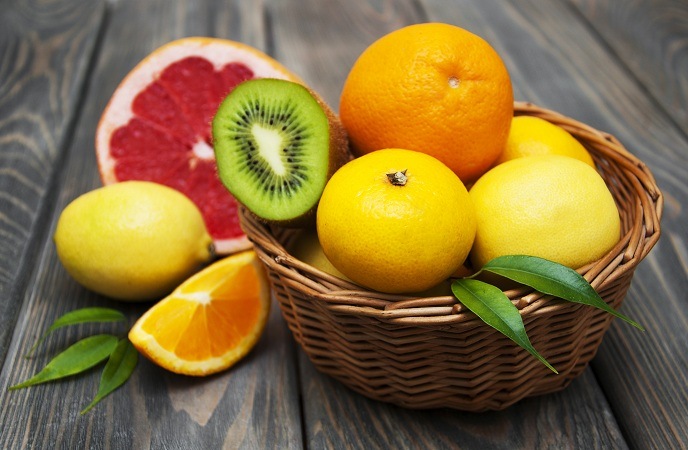
Recent research suggests that vitamin C may not be as useful in preventing colds as once thought. However, studies do show that taking the vitamin at the first sign of illness may reduce a cold’s duration by about a day, which can feel like a lifetime when you’re suffering.
Eating lots of citrus — whether that entails digging in to orange and grapefruit slices, or using lemons and limes in recipes — will provide plenty of this powerhouse nutrient. Do not worry about overdoing it, since it’s very hard to overdose on vitamin C. Anything your body doesn’t use is just washed right out of your system.
15. Fennel
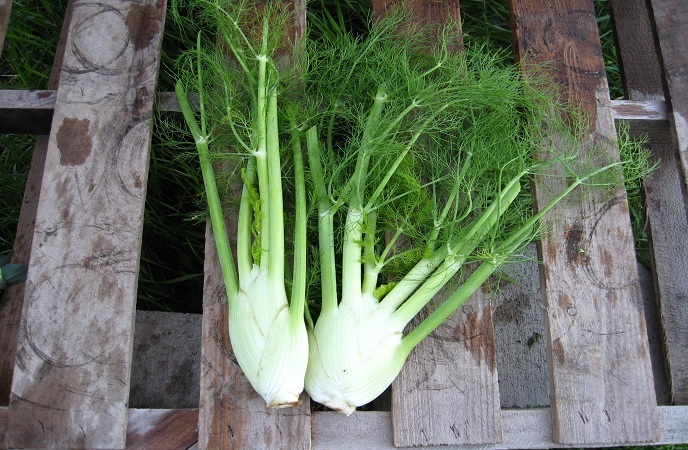
Like anise seeds, fennel is a natural expectorant, and can help clear chest congestion and soothe a persistent cough. The two foods have similar flavors, in fact, and in supermarkets fennel is sometimes referred to as anise, even though they’re different plants.
Fennel can be eaten raw or roasted, but you may get the best cold-fighting benefit from drinking a tea made from fennel seeds. Try Yogi Tea’s Throat Comfort, or make your own with 1.5 teaspoons of fennel seeds and one cup boiling water. Steep for 15 minutes, strain, and sweeten with honey to taste.
16. Tea

Everyone knows a steaming hot cup of tea can help break up chest congestion and soothe a sore throat, but thebenefits may run deeper.
All tea—black, green, or white—contains a group of antioxidants known as catechins, which may have flu-fighting properties. In a 2011 Japanese study, people who took catechin capsules for five months had 75% lower odds of catching the flu than people taking a placebo.
Need another reason to turn on the kettle? Other research suggests catechins may help boost overall immunity, rev metabolism, and protect against cancer and heart disease.
17. Milk

Much of the vitamin D that our bodies need to build strong bones, defend against heart disease, and — you guessed it — bolster our immune system is produced when the sun’s rays interact with our skin cells. But this key vitamin is also found in fortified foods such as milk, orange juice, and breakfast cereal.
Getting your daily dose of vitamin D may keep colds at bay. A 2009 study from Massachusetts General Hospital found that lower vitamin D levels were associated with a greater risk of upper respiratory infections. In 2012, the same researchers found that Vitamin D supplements can help ward off kids’ winter colds, as well.
18. Skinless Turkey Breast
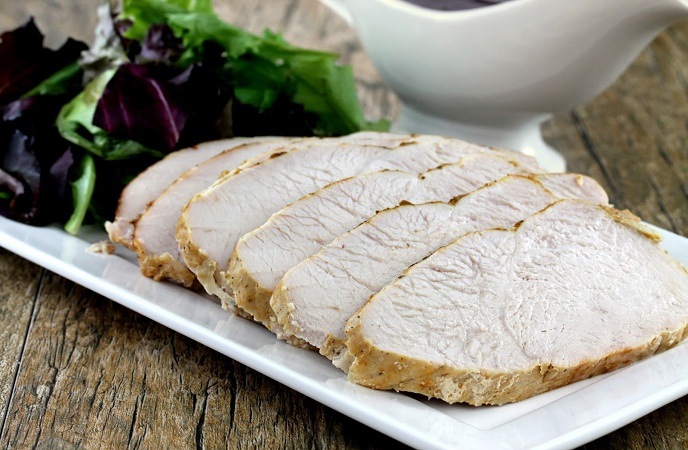
Lean proteins, such as turkey breast with the skin removed, are high on Ansel’s list of flu fighters. “We think we need protein to build muscle, and we do—but actually, we need it to build antibodies and fight infection in the body, as well,” she says.
Chicken, turkey, and pork are all good sources of protein, but you can also get plenty from meatless sources such as beans, nuts, and dairy.
19. Leafy Greens
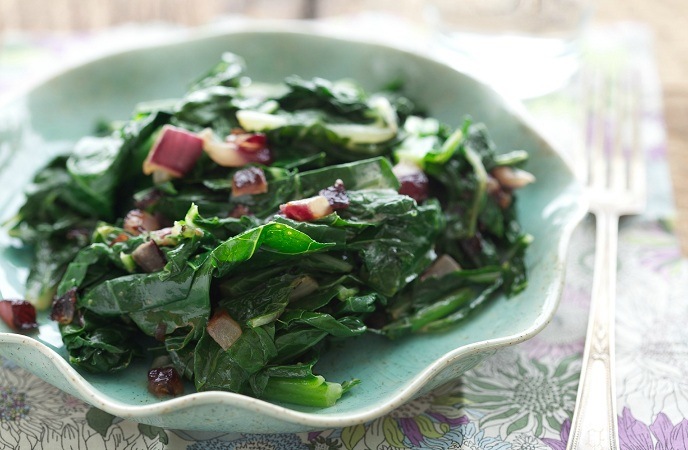
The darker the greens, the higher the nutrient content. So when you’re shoring up your defenses for cold and flu season, choose arugula and kale over iceberg lettuce.
Bitter greens like arugula may even help relieve chest congestion, sniffles, and coughs. How? It’s not entirely clear, although a 2011 British study found that mice that were fed green vegetables had more infection-fighting white blood cells in their intestines than those who were not.
20. Dark Chocolate

Ounce for ounce, pure cocoa contains more of the disease-fighting antioxidants known as polyphenols than most berries—and it’s loaded with zinc, to boot.
Too often, however, the nutritional benefits of cocoa are overshadowed by the sugar and saturated fat found in chocolate bars and other treats. To reap the immunity-boosting benefits without the unhealthy extras, stick with bite-sized portions—about one quarter-ounce per day—of dark chocolate with a cocoa content of 70% or higher.
21. Sunflower Seeds
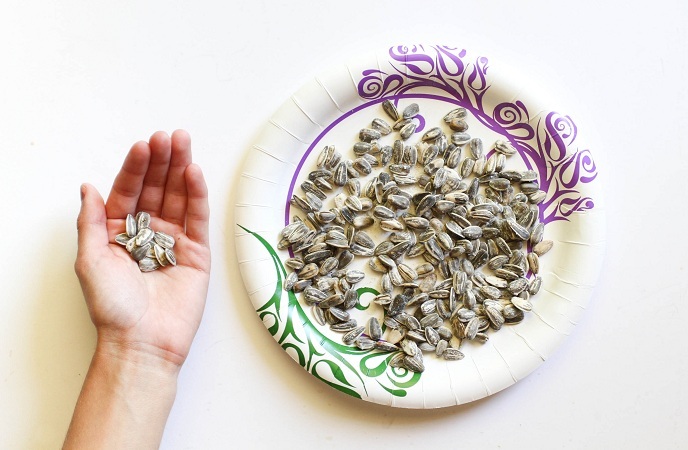
These crunchy snacks are among the best natural sources of vitamin E, an antioxidant that protects cell walls from damage; a single one-ounce serving contains 30% of your recommended daily intake. (For a healthier choice, be sure to choose dry-roasted seeds over those roasted in oil.)
Vitamin E may be especially important for the health of our lungs, where it appears to fight the harmful process known as oxidative stress. A 2003 study in Scotland found that people with diets high in vitamins C and E had greater lung capacity and produced less phlegm.
22. Oats
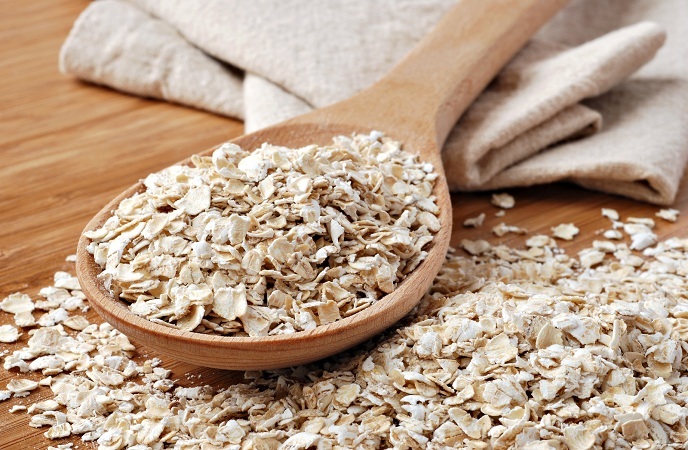
This is the last one yet a very important thing to know among health and nutritional benefits of pumpkin that we would like to introduce!
Whether you eat them in a bowl or a bar, oats contain a type of fiber called beta-glucan, known for its cholesterol-lowering and immune-boosting properties.
Animal studies have shown that beta-glucan from oats can help prevent upper respiratory tract infection, and a few controlled trials have suggested that beta-glutan consumption can alter white blood cell activity in humans, as well.
In summary, foods for cold mentioned in this article are the best nutritional and health food materials and can be very easily added to various dishes. Make use of the foods mentioned in this writing above and enjoy! Do you love these foods and have you ever used these foods? Remember to share with us in the feedback section below. Besides, if you have any question to ask about the content of this article, feel free to leave them below and wait for soon replication from us!

